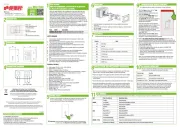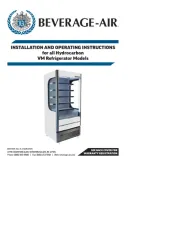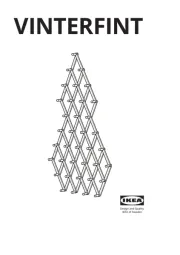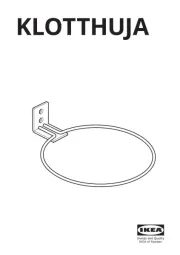Vemer HT NTC-2P7A Manual
Læs gratis den danske manual til Vemer HT NTC-2P7A (33 sider) i kategorien Ikke kategoriseret. Denne vejledning er vurderet som hjælpsom af 19 personer og har en gennemsnitlig bedømmelse på 4.7 stjerner ud af 10 anmeldelser.
Har du et spørgsmål om Vemer HT NTC-2P7A, eller vil du spørge andre brugere om produktet?

Produkt Specifikationer
| Mærke: | Vemer |
| Kategori: | Ikke kategoriseret |
| Model: | HT NTC-2P7A |
Har du brug for hjælp?
Hvis du har brug for hjælp til Vemer HT NTC-2P7A stil et spørgsmål nedenfor, og andre brugere vil svare dig
Ikke kategoriseret Vemer Manualer










Ikke kategoriseret Manualer
- Winchester
- OWC
- BH Fitness
- AddLiving
- Helios Preisser
- Systemair
- Doktorvolt
- Teka
- Really Right Stuff
- Vocopro
- Crimson
- Miomare
- DECROSS
- Vasagle
- TomTom
Nyeste Ikke kategoriseret Manualer









